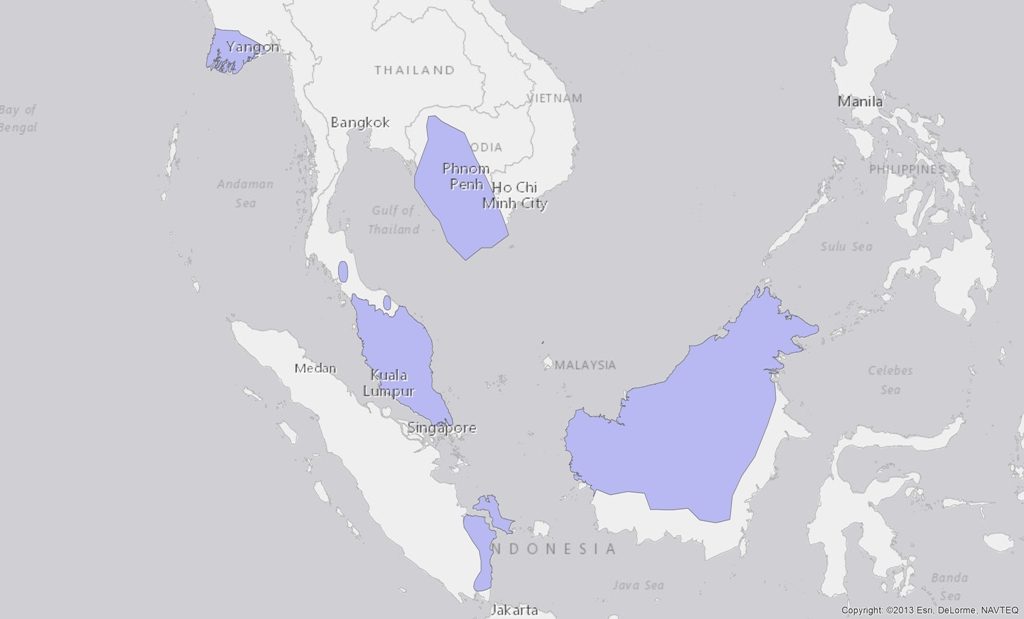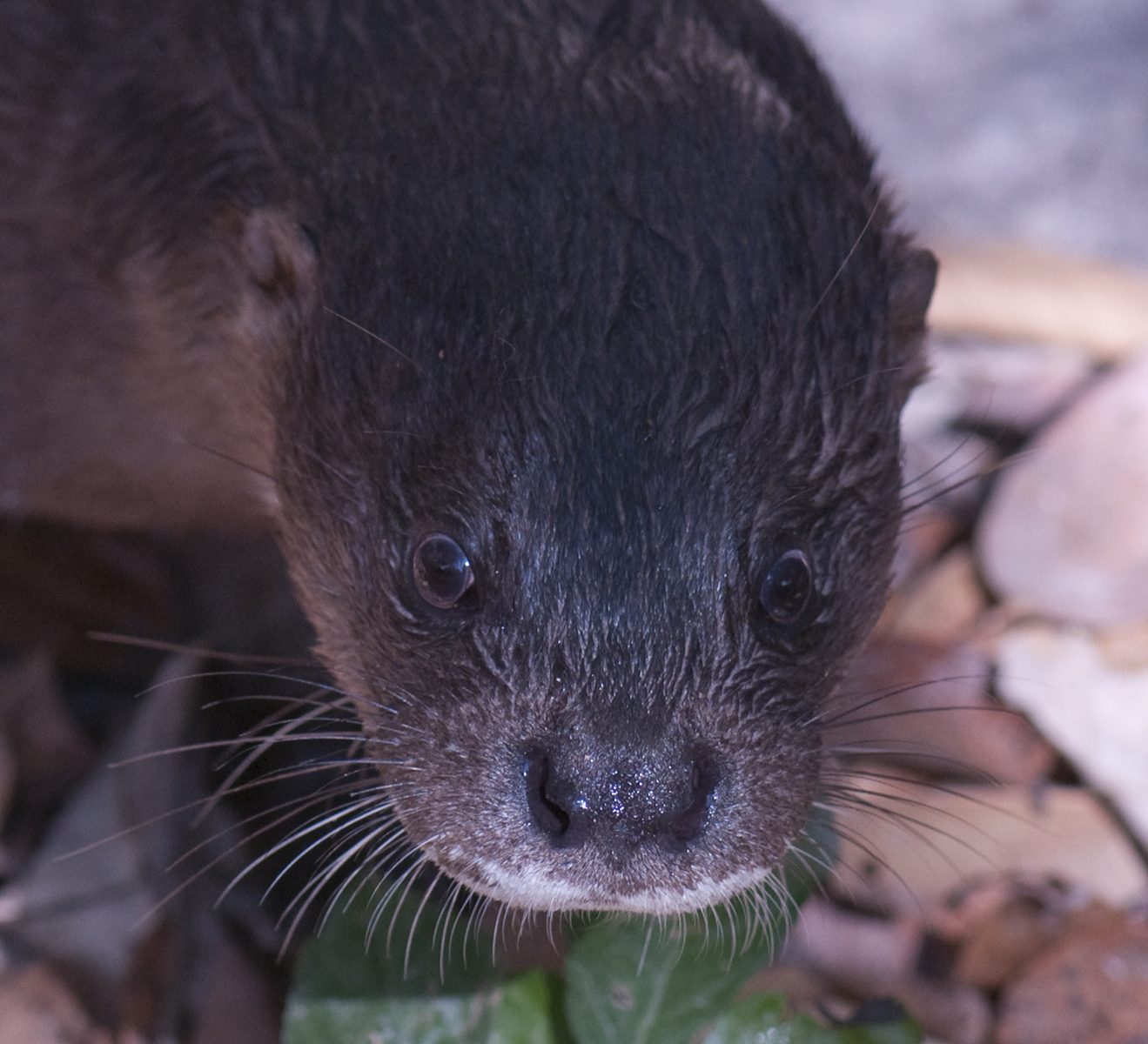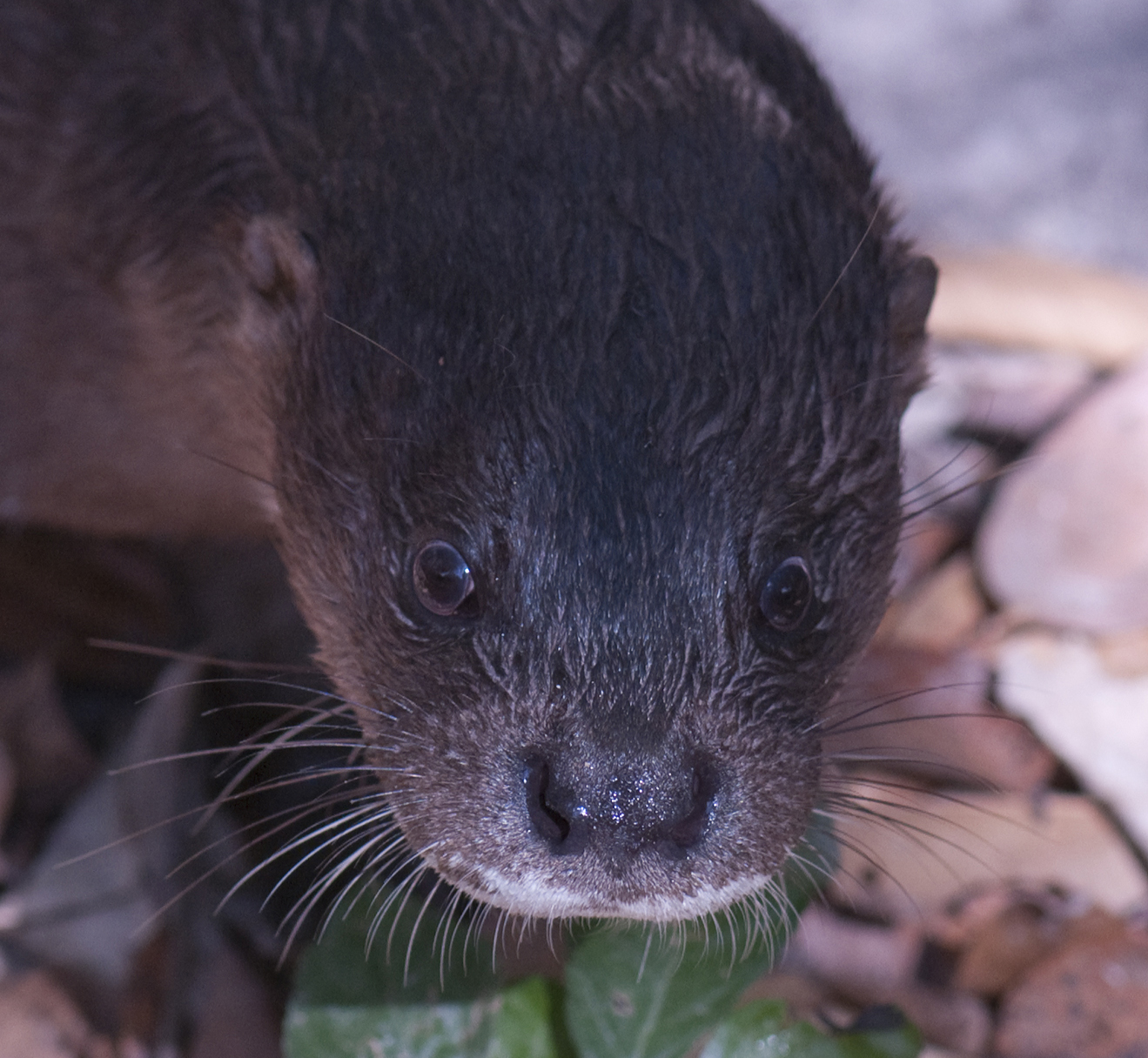alias: Sumatran otter
predators: unknown
threats: poaching, habitat loss, accidental trapping, road kill, overfishing, pet trade, pollution
size: 105-113 cm (body 50-82 cm; tail 35-50 cm) weight: 5-8 kg

The hairy-nosed otter is easily recognizable by its hairy nose pad and white upper lip. This otter is considered a miracle otter: having been declared extinct in 1998, this small, elusive otter was recently and with great excitement rediscovered in Vietnam,Thailand, Malaysia, Indonesia, Borneo and Cambodia, mostly thanks to camera trap evidence. Individuals killed on roads and sighted in the wild are popping up in seemingly disconnected locations in southeast Asia, evidence that the hairy-nosed otter is still, albeit precariously, present and largely unknown. Based on the contents of recovered scat, its diet seems composed predominantly of fish, but it also eats water snakes, frogs, lizards, terrapins, crustaceans and insects that live in swamps and shallow coastal waters. It is so rare and the risks to its survival so elevated that ex-situ conservation methods are being considered – mainly capturing individuals for reproduction in captivity and the chance of a future restocking of nature reserves.
Download the IUCN Red List Fact Sheet




